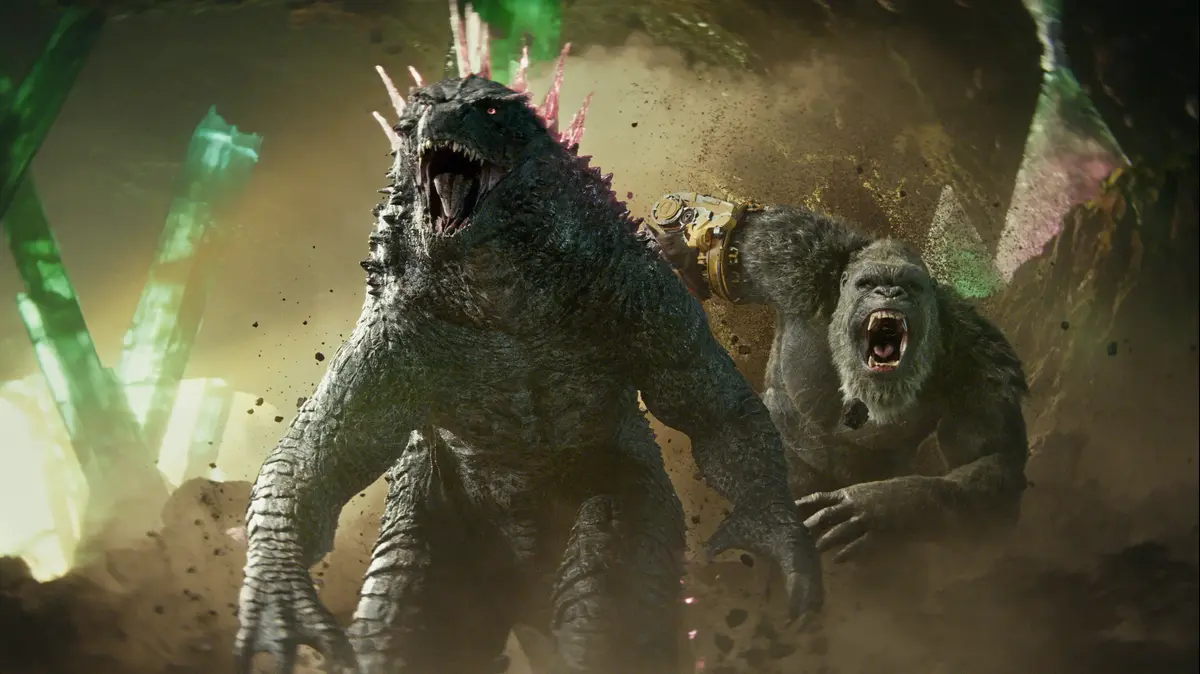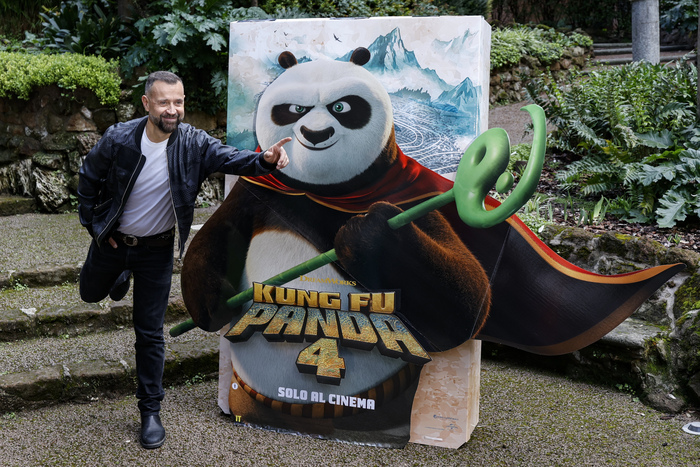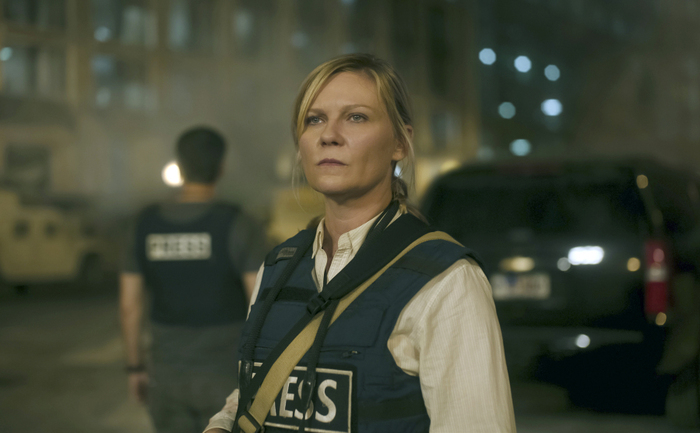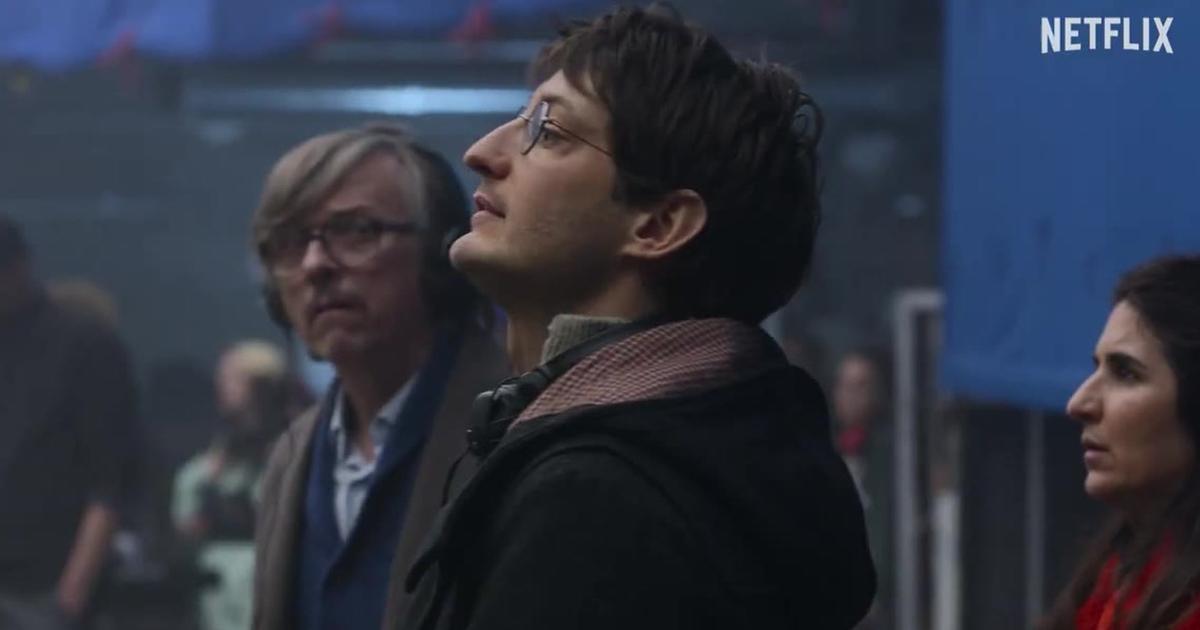The premiere of
Godzilla vs Kong
(scheduled for spring 2021) once again turns the confrontations between great monsters from different franchises into a spectacle.
It is not the first time that the two characters fight, since in the 60s there was already a similar operation.
And it is that the great apes and the great saurians have fought to the death since the beginning of cinema and the new
crossover
by director Adam Wingard is just the proof that seeing great colossi beating each other is still one of the most basic, essential pleasures and effective that fantastic cinema can provide.
From the first
stop motion
shorts
to the big digitized blockbusters, we review where this fetishism for high tonnage cookies comes from, the fascination that we are generated by witnessing boxing matches of chimeras that we fear may come into existence for the safety of our cities , but that we want to see hand in hand until one of the two falls on some great historical monument.
Stop motion
and lost worlds: obsession with King Kong
Watching big monster fights has something of that childish excitement that comes from fighting with a toy in each hand without measuring force while creating sounds with your mouth, and this is perhaps because since the beginning of cinema, it has not been much more than dolls in movement.
Ghost of Slumber Mountain
(1918) is a true cinematic fossil, a short film by Willis O'Brien that would serve as an essay for his later special effects work in
The Lost World
(1925) and
King Kong
(1933), where he would already perfect his technique to levels of pure animated wonder.
Considered in part a lost film, fortunately the fight between a tyrannosaurus and a triceratops is preserved in glorious and pioneering stop motion, which he would later perfect in the adaptation of Arthur Conan Doyle, the subject of dozens of later versions.
The first great giant monster fights emerge from the fascination of palaeozoology or cryptozoology.
Having the opportunity to see dinosaurs alive, for the first time in motion, was pure magic, the absolute cinema from which the roots of fantasy emerge.
That King Kong is, even today, the best adventure and dinosaur movie in history is not necessary to remember, but its lesser-known sequel is another fantastic adventure on Skull Island much lighter and more silly, which still maintains impressive effects, although O'Brien's work was finished by other technicians, but there are up to three species of dinosaur and a bear!
fighting with the albino son of the great gorilla.
Kong's success turned giant gorillas into a subgenre that made its way into pop culture with dozens of impersonations.
Released by "pure coincidence" the same year as the remake of Dino de Laurentiis,
A * P * E
(1976) had to change its original name from
The New King Kong
at the request of the RKO, which they used with some derision in the slogan of the promotional material: "Do not confuse with King Kong." The film was initially released in 3D and is mainly remembered for the gorilla comb to the helicopters, although its fight with a real shark, which is basically the man in disguise on duty making you dizzy much to a poor little shark, has passed into the annals of the cinema of
trash
colossi
.
The last incarnations of Kong have already had digital help, and the colorful gorilla that
Kong: Skull Island
(2017)
presents
is bigger and stronger than those that had been seen so far, with a quite successful cgi and impressive fights, especially against an octopus or large skull-faced lizards.
However, the latter has more to do with the
kaiju eiga
spirit
-
the term that giant monster movies are called in Japan - than with the grand adventure vocation of classic cinema of Peter Jackson's remake.
The three-hour epic recovered the sense of wonder of watching Kong fight other titans, emphasizing the famous confrontation against the tyrannosaurs, an eight-minute sequence that pays tribute to the original by recreating some of its key moments almost frame-by-frame. frame.
Harryhausen station
The world of creatures from Willis O'Brien's fantastic cinema had an exceptional heir in Ray Harryhausen, the magician who perfected the art of animation frame by frame in dozens of mythology, horror and adventure films.
One of his first works was
Evolution
(1940), where he already recreated a dinosaur fight in full color to illustrate Darwin's theories.
In
The Animal World
(1956), a kind of documentary on zoology, a memorable 10-minute clip on the life of dinosaurs was included with a spectacular fight between two Ceratosaurus, the most carnivorous species of the Jurassic era, created in its entirety by the teacher.
Both works are almost a sketch for the monstrous battles he would present in
A Million Years Ago
(1966).
Harryhausen would repeat with more dinosaurs in a
memorable
western crossover
, in which a tyrannosaurus ends up exposed in a circus in Mexico.
The valley of Gwangi
(1966), was ahead of Spielberg bringing a large extinct animal to the present, but here it made him fight with an elephant in the bullring of Almería, since the film was shot entirely in Spain.
But where the creator was most comfortable was in the fantastic creatures, which, although they used to appear as dangers for the heroes of their stories, could also be found among them, such as the Cyclops and Taro, a mythical creature similar to a classic dragon, who star in one of the great fights of fantasy adventure films in
Sinbad and the princess
(1958).
Godzilla, king of the monsters
Harryhausen penetrated so deeply into the creature subgenre that his antediluvian lizard for
The Monster of Ancient Times
(1953) was the direct inspiration of the creators of
Godzilla
(1954), a film so successful in Japan that it created an inexhaustible franchise that we continue to see. mutate and grow decade after decade.
Although the
kaiju eiga
focuses a lot on placing one of its monsters destroying a city, in the Godzilla saga it led to great fights between them.
One of the most illustrative cases is
Alien Invasion
(1968), in which all the creatures of the saga and aliens that use the giants to destroy different cities in the world appeared in the largest salad of people in rubber suits of the time , a roller coaster of action, laser, papier-mâché and destruction.
Although the trailers for
Godzilla vs Kong
(2021) make us think that the encounter between the mythical Japanese radioactive lizard and the gorilla is new, it is something that had already taken place in the 60s. In one of the endless adventures of the producer Toho,
King Kong against Godzilla
(1962), its star protagonist was seen with the mythical creation of O'Brien, in what seems almost a parody in which the result of the conflict does not matter and the important thing is to see two men disguised as a little monster wallowing.
Kaiju fever delusions
Not all
kaiju eiga
is Godzilla and some of the films that appeared under the cover of its success are memorable or rarities to rescue such as
The Last Dinosaur
(1977), a co-production from the United States and Japan that took the route of special effects with gentlemen passing by. heat inside rubber suits, making the fight between the tyrannosaurus and the triceratops that it presents more bizarre.
But even more bizarre is seeing how they understand the creature of Frankenstein in Japan.
A gigantic zombie man that could be a preview of what we see in
Attack on Titan
(2015).
In
Frankenstein Conquers the World
(1965) he faces a replacement for Godzilla named Baragon.
Although the title creates confusion,
The Battle of the Giant Apes
(1966) is a sequel to the previous one directed again by the prolific Ishiro Honda, although, in effect, the Frankenstein of the previous one does not seem to make an appearance and instead appears a great ape who must face his brother, who does not think twice about eating human beings.
It has become a cult classic thanks to its first battle of the giant primate with a squid, and its final duel in the middle of Tokyo, reminiscent of a wrestling show without waxing, in which buildings are destroyed with its falls, while they are fired by electric shocks, tanks and airplanes, quite spectacular even today.
Colossal battles in the new digital age
Seeing Godzilla versus King Kong and the entire MonsterVerse from Legendary Pictures is the consequence of a whole resurgence of animal and creature fighting in the digital age.
But the first to dare with delusional confrontations are channels such as Syfy or the production company Asylum, which began with
Megathark vs. Giant Octopus
(2009), an epic battle between two giant sea creatures thawed after millions of years that follows classic film stereotypes. of catastrophes with a shark flying to eat a plane and a fight to the death between pixel and pixel that has left a whole saga among which stand out clashes such as
Mega Shark against Crocosaurus
or the fusion of the two initial contenders in
Sharktopus against piranhaconda,
a hybrid between snake and piranha, or against Pteracuda, mutant between pterodactyl and barracuda.
But American commercial cinema has not only lived on Godzilla and Kong and part of the merit of achieving the magic of reviving creatures this majestic is due to the advances in special effects of
Jurassic Park
(1993), which increased the fascination for great beasts fighting.
Perhaps the great confrontation of the saga is in the third part, in which the great Tyrannosaurus Rex faced the Spinosaurus.
Other movies have achieved great gorilla and reptile crossovers without necessarily having a first and last name like Kong.
Project Rampage
(2018) adapted a vintage video game in which a kind of great Snowflake faced a bloodthirsty wild wolf and a mutant American crocodile in a festival of bullets much more violent and fun than those of Skull Island.
And if we talk about gigantic monsters, it is not strange that from Hollywood they are applying to recover large franchises with titans shaking, since the market in China has become an important source of income that the big studios can no longer do without.
The digital varnish and the epic scale with unreal colors are no coincidence, because they coincide with the look of the great Mandarin blockbusters, in which the confrontations of mythical, magical and extraterrestrial creatures abound.
There is a new resurgence with films like
Abyssal Spider
(2020) or
Sea Monster
(2020), but many times the best fights are in epic fantasy films like
Detective Dee: The Four Heavenly King
(2018) with an albino monkey showdown and a being with 10,000 eyes that do not make you long for the fights between the great classics of twentieth-century culture.
* You can also follow us on Instagram and Flipboard.
Don't miss out on the best of Verne!















